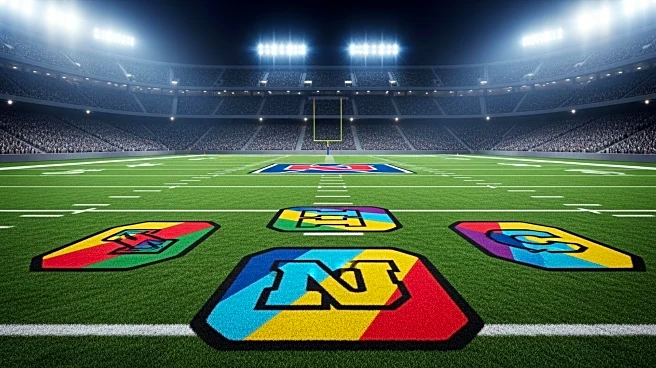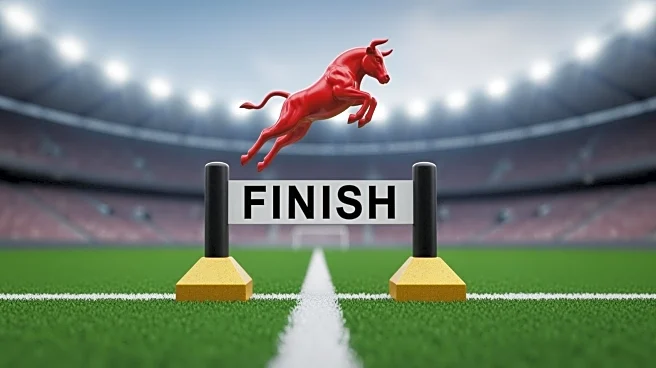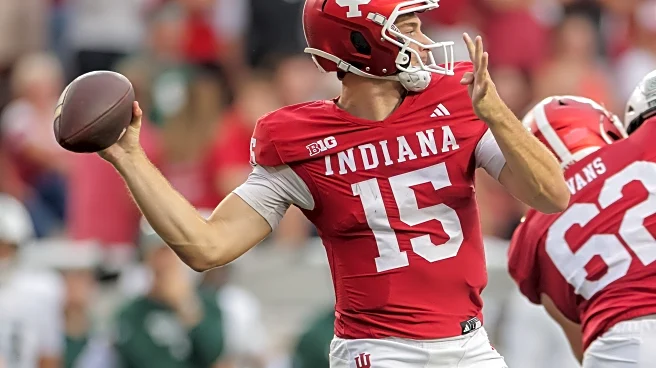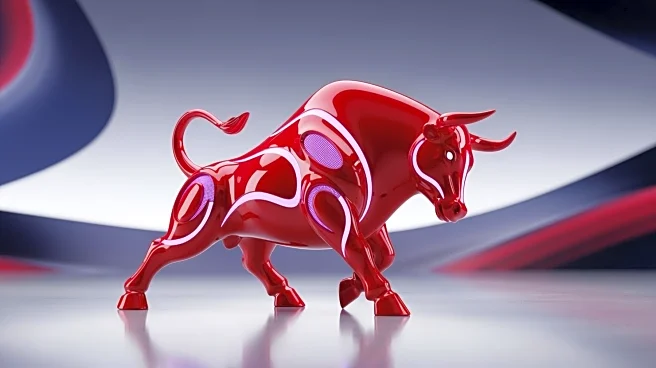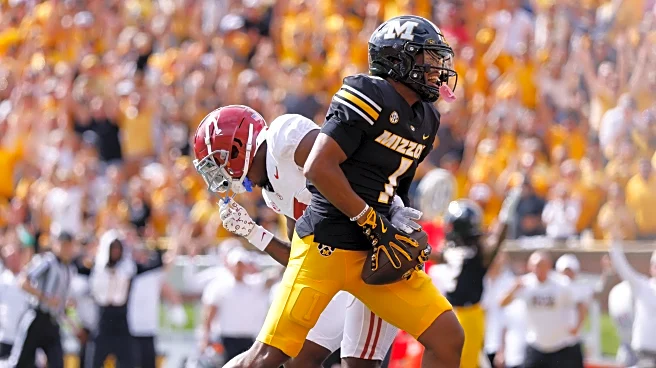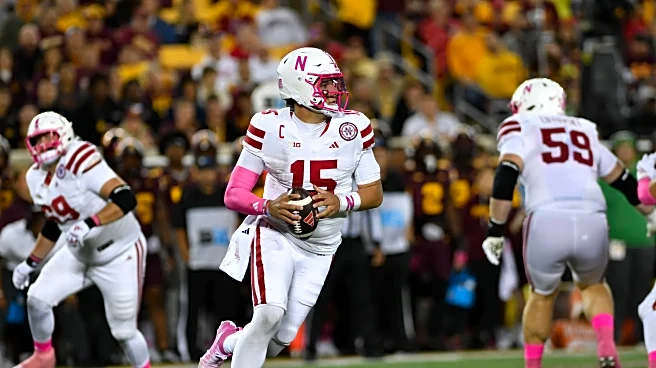What's Happening?
College football programs are considering the introduction of sponsorship patches on jerseys as a new revenue stream. This potential change is being discussed by NCAA Division I commissioners and could
be implemented as early as next fall. The move aims to generate significant financial benefits for schools, with estimates suggesting earnings from $500,000 to $12 million annually, depending on the program's size and prominence. However, there is ongoing debate about who should control the sponsorships and how to prevent overexposure.
Why It's Important?
The introduction of sponsorship patches on college football jerseys represents a shift towards a more commercialized model, similar to professional sports. This change could provide substantial financial support to college programs, helping them navigate the evolving landscape of college athletics, including NIL (Name, Image, Likeness) and revenue-sharing agreements. However, it also raises concerns about the commercialization of college sports and the potential impact on the traditional amateur status of college athletes.
What's Next?
If approved, college football fans could see sponsorship patches on jerseys as soon as the next season. The decision will require careful consideration of the balance between financial benefits and maintaining the integrity of college sports. Stakeholders, including schools, conferences, and the NCAA, will need to establish guidelines to manage sponsorships effectively and address concerns about over-commercialization.
